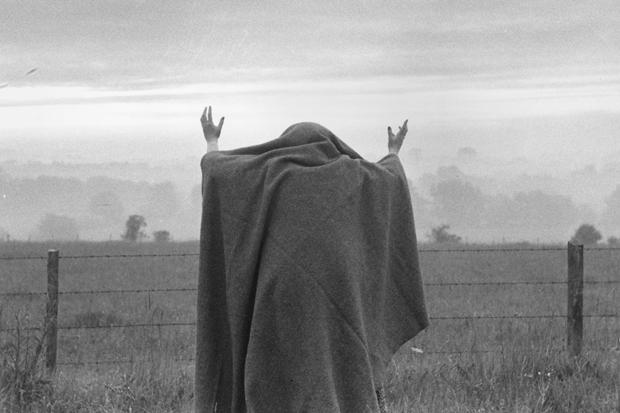The first pagan temple to be built in Iceland for a thousand years has just been granted planning permission, a wonderful bureaucratic detail that shows up just how much this revival is polite make-believe. Ragnar Hairybreeks or Harald Bluetooth would not seek planning permission before building a place of sacrifice. At Gamla Uppsala, the Viking temple site in Sweden, horses were hanged to please the gods in groups of nine from trees, along with cattle, sheep, and human beings. In Reykjavik today’s pagans still eat sacred horsemeat at their feasts, but they buy it in from caterers.
Respectable modern paganism is not only made up, as its leading ideologues cheerfully admit, but made up within a very limited compass of the modern Anglo-American imagination. The most obvious example is Wicca, invented almost entirely by a civil servant, Gerald Gardner, in the 1940s and 1950s, when he lived in Hampshire, although he claimed to have rediscovered a hidden tradition. But even in Scandinavia, where there are still some living elements of old unchristian beliefs, the pagan revival draws on English-speaking models. One self-conscious pagan group in Helsinki had to be told by a visiting sociologist that there was a native Finnish tradition of nature deities: until then they had just read Aleister Crowley.
The religious imagination has always been greedy and creative, stealing from every-thing around it. Look at the Qur’an and the Book of Mormon. The one thing that traditional religions have never done, though, is to be religious. Religion, as a special category of life, is a modern, Protestant invention. Real folk religions just seem like part of life. They aren’t about what people believe, but about what they know, and still more what they do.








Comments
Join the debate for just £1 a month
Be part of the conversation with other Spectator readers by getting your first three months for £3.
UNLOCK ACCESS Just £1 a monthAlready a subscriber? Log in